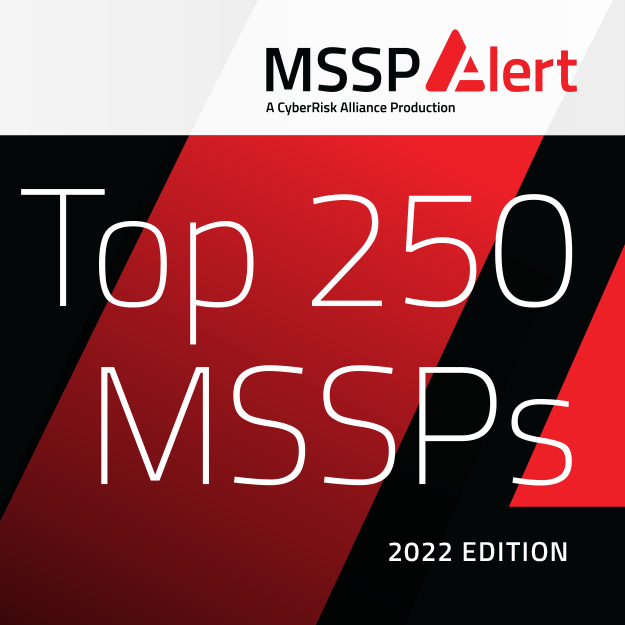Open Letter: The Critical Importance of Cybersecurity in Protecting Your Business and the Greater Community

Dear Small Business Owners, In today’s digital age, the importance of cybersecurity cannot be overstated. As an IT services provider deeply committed to the security and prosperity of small and medium-sized businesses, WheelHouse IT is writing this to underscore a vital message: the digital threats facing large organizations, particularly in the healthcare sector, are a […]
Why Small Businesses Face Greater Cybersecurity Risks

Small businesses are more frequent targets of cybercriminals compared to larger companies. Learn how you can prevent cyber attacks on your small business.
Achieve More With the Right IT Services

We talk a lot about the individual ways that managed IT services can help your organization save time and money. Still, today we thought we’d take a look at some of the baseline numbers associated with partnering with a capable managed IT service provider. You Gain Productivity When people tell you something pays for itself, […]
Creating a Hybrid IT Management Model: Maximizing IT Resources for Optimal Performance and Security

IT Management is essential for businesses, no matter their size. When deciding on IT solutions, keeping them in-house or outsourcing them can considerably impact a company’s overall performance and security. This article will explore why combining both resources is essential for creating a Hybrid IT support model. We’ll also provide you with a practical guide on […]
How to Maintain A Reliable and Skillful IT Department

A successful business relies on a dependable and proficient IT department to support and maintain your company’s infrastructure. Having an IT team who are mentally and/or physically exhausted or dissatisfied can result in issues with your operations that can cause technological emergencies. Maintaining a dedicated IT team is essential to ensure your network operates at […]








